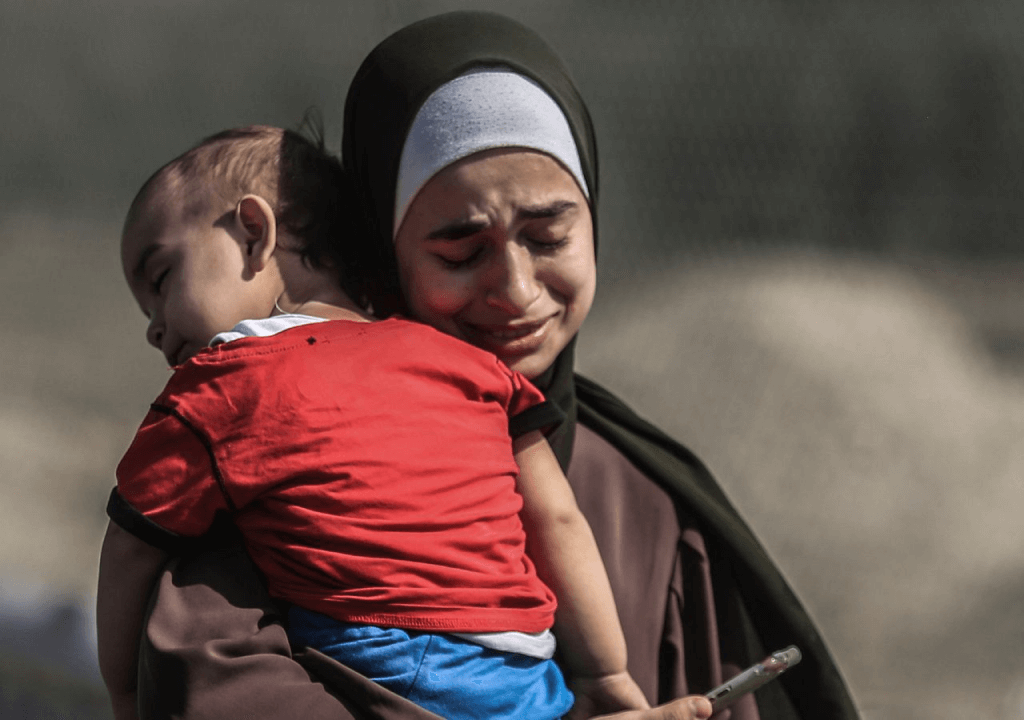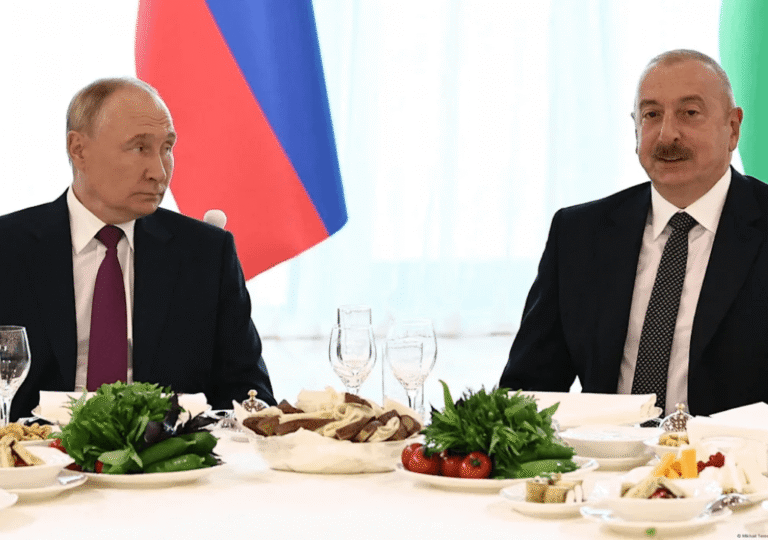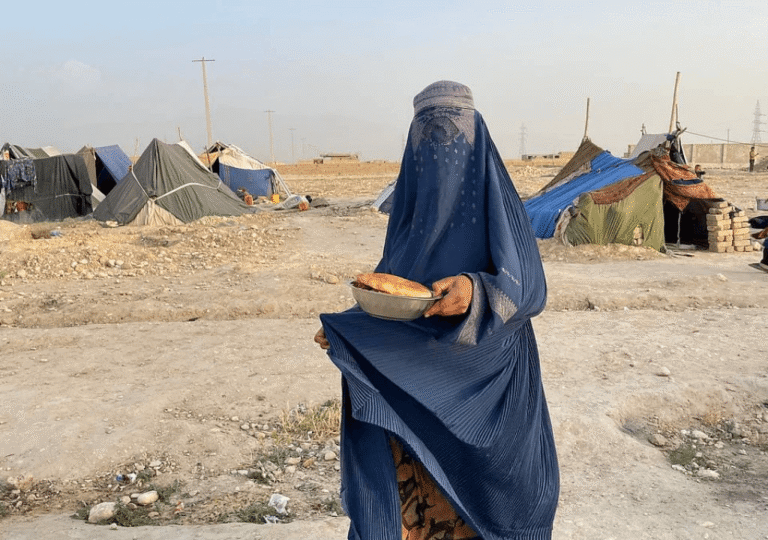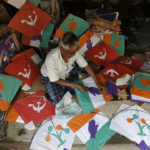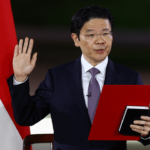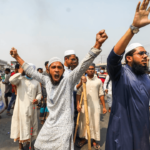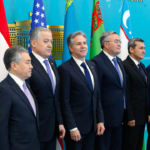Should Gazans be seen as separate from Hamas? This question has loomed since Israel’s military response to the brutal October 7 attack, which Hamas launched on Israel, igniting the ongoing conflict. But what about the civilians caught in the crossfire?
Reactions are divided. Some view Gaza’s suffering as the result of both Hamas and Israel’s relentless bombardment, while others argue that many in Gaza supported Hamas, celebrated the October 7 attack, and now face the consequences. Social media is rife with competing narratives—some vilifying all Gazans, others framing them only as victims.
One thing is clear: Hamas has long used Gazans as pawns, embedding itself within civilian areas, manipulating global sympathies, and ensuring that ordinary people bear the brunt of the conflict. With Israel unlikely to relinquish control of Gaza anytime soon, a crucial question emerges—will Gazans finally reject Hamas?
Some already are. In northern Gaza, hundreds have staged unprecedented protests, chanting anti-Hamas slogans and calling for an end to the war. This marks the largest public uprising against Hamas since October 7, potentially signaling the start of a deeper shift.
People are fed up
Israel’s bombardment of Gaza has continued for more than a year and a half, with no signs of mercy. For those already living in dire conditions or caught in the crossfire, life has become a nightmare—forced from their homes, stripped of their belongings, and trapped in constant danger. Many are fed up.
Though some still endure their suffering as a test of faith, frustration is mounting. Protests against Hamas, the group at the center of their ordeal, have begun to emerge. Videos and photos circulating on social media late Tuesday showed hundreds of demonstrators in Beit Lahiya chanting against Hamas, calling for its removal and blaming it for their suffering. The protests, which erupted near the Indonesia Hospital in northern Gaza, came just days after Israel resumed its intense bombing campaign following nearly two months of truce. Some protesters carried banners demanding an end to the war and a chance to live in peace.
Unlike previous demonstrations, these protests were not backed by any known organization. At least one call to join was spread through Telegram. Many protesters expressed their exhaustion with the ongoing war and the hardships they have endured. Some noted that Hamas security forces, dressed in civilian clothing, were seen breaking up the demonstration. Others questioned why Hamas refuses to relinquish power if doing so could prevent further suffering.
Separate clips showed dozens of people in the Jabaliya refugee camps, in the western part of Gaza City, burning tires and demanding an end to the war. Some protesters expressed their desperation for food. Gaza residents suggested that the protests could spread to other parts of the war-ravaged territory, where people are exhausted and traumatized after a year and a half of conflict. Since Hamas launched its attacks on southern Israel on October 7, occasional small-scale protests have erupted in Gaza, with demonstrators calling for an end to the war, but none directly opposing Hamas.
Who is behind the protests?
Many of the slogans chanted on Tuesday echoed those of the Bidna N’eesh (“We Want to Live”) movement, which emerged during the 2019 economic protests in Gaza. Those demonstrations were violently suppressed by Hamas, which claimed they were orchestrated by its rival, Fatah.
Fatah was once a dominant force in the region until Hamas rose to prominence, but its supporters remain active in Gaza. Additionally, other anti-Hamas Palestinian factions are there in the territory, and many believe they are behind the recent demonstrations. While some protests explicitly target Hamas, others simply call for an end to the war—possibly as a direct plea for peace and a cry for help from a suffering population.
Meanwhile, Israel has repeatedly urged Gaza’s residents to rise against Hamas, which has ruled the territory since 2007. While there is no direct link between these protests and Israel’s calls, some demonstrators may be attempting to show they do not support terrorism. It is also evident that Israel and Western powers are seeking alternatives to Hamas’s rule, and they could potentially cultivate a new movement in Gaza to weaken Hamas’s grip.
What happens next?
Israel will continue its operations, driven by various factors, including the pursuit of retribution, domestic political pressures, Netanyahu’s desire to retain power, efforts to curb Iran’s regional influence, and broader geopolitical strategies. While Hamas’s offer to release more hostages could momentarily halt further bombardment, any peace achieved is expected to be fleeting.
Meanwhile, Gaza is facing an increasingly dire humanitarian crisis, a situation set to worsen as international support dwindles. In light of this, severing ties with Hamas could be Gaza’s most pragmatic course of action. The rising number of anti-Hamas protests within Gaza could reshape international perceptions, challenging the narrative that Hamas still represents the people of Gaza and heightening pressure on Israel.

